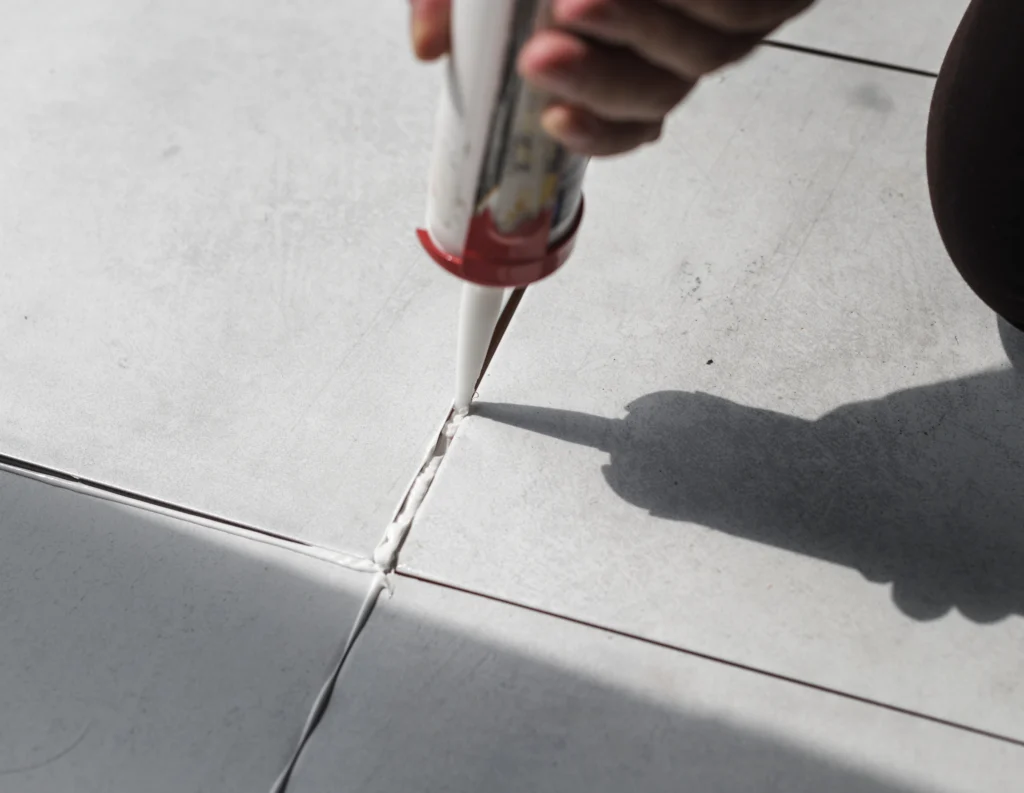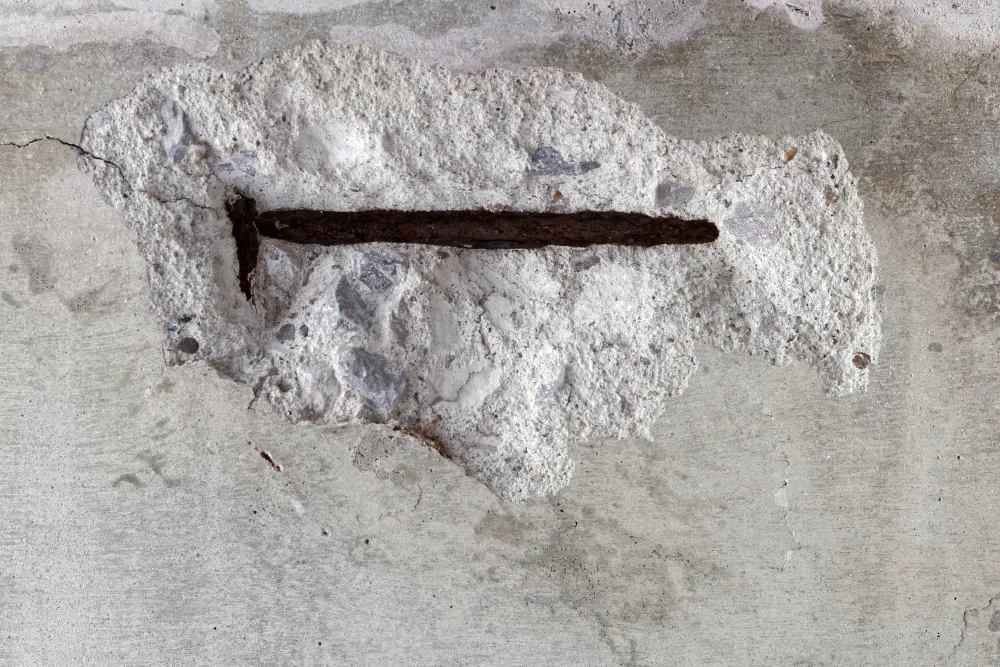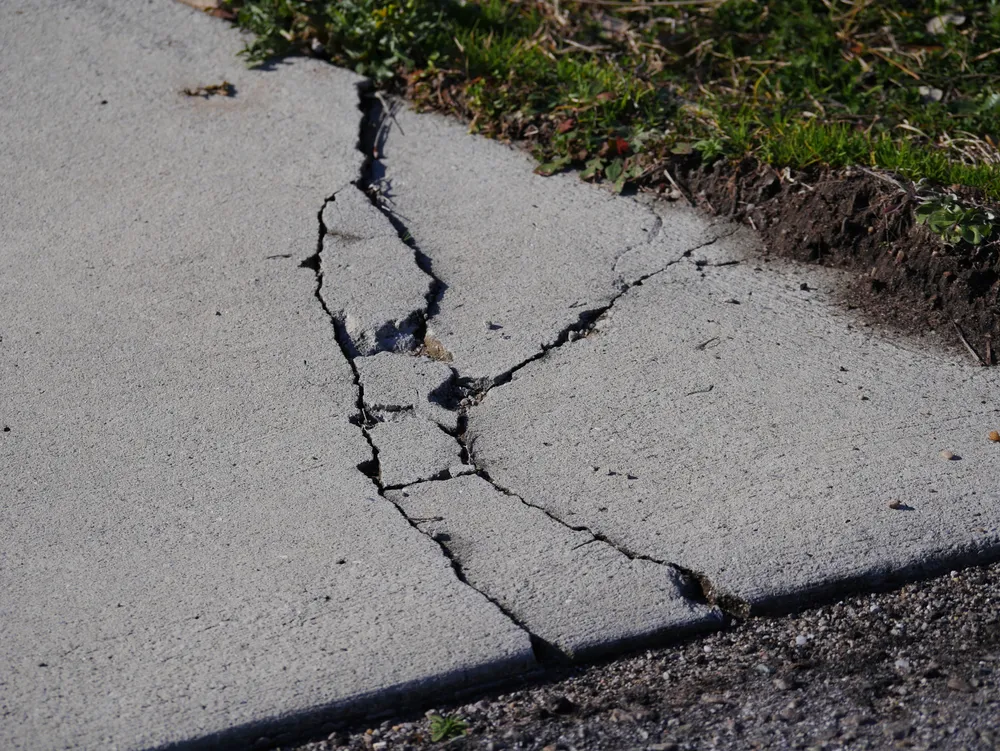Concrete Leveling 101 – How and What
Discover the fundamentals of concrete leveling in this comprehensive guide If you’re tired of telling your family and friends to watch out for that uneven step or want to make your old driveway look better, concrete leveling could be perfect for you. It’s a cheap way to fix sunken concrete fast. Instead of ripping out the old concrete and putting in new, you can just lift it up to make it safe, level, and nice-looking again, all in a few hours. This article will explain everything about concrete leveling, so you can decide if it’s the right way to fix your concrete. What Is Concrete Leveling Concrete leveling is a process designed to raise and stabilize sunken or uneven concrete surfaces. Whether it’s a sidewalk, driveway, patio, or basement floor, this technique can effectively address common issues associated with settling concrete. It’s a simple and efficient way to fix those annoying dips and bumps in your concrete surfaces. The Process of Concrete Leveling Step 1: Assessment The first step in concrete leveling involves a thorough assessment of the affected area. Experienced technicians inspect the site to identify the extent of the damage and determine the best course of action. Step 2: Drilling Holes Once the assessment is complete, technicians drill small holes into the sunken concrete surface. These holes serve as access points for the injection process. Step 3: Injection A specialized mixture, typically consisting of a cement slurry or polyurethane foam, is injected into the drilled holes. This material expands beneath the concrete, lifting it back to its original position. Step 4: Filling and Patching After the concrete is leveled, the drilled holes are filled, and any cracks or damaged areas are patched to ensure a seamless finish. Benefits of Concrete Leveling Cost-effective Compared to traditional concrete replacement, leveling offers significant cost savings, making it an attractive option for budget-conscious property owners. Time-saving Concrete leveling can be completed in a fraction of the time required for full replacement, minimizing disruption to daily activities. Eco-friendly By reusing existing concrete and minimizing waste, leveling contributes to sustainable construction practices. Common Issues Addressed by Concrete Leveling Uneven surfaces Sunken or uneven concrete surfaces can create tripping hazards and compromise the aesthetics of a property. Sinking or settling concrete Factors such as soil erosion or poor compaction can cause concrete slabs to sink or settle over time. Safety hazards Uneven surfaces pose a safety risk, especially in high-traffic areas such as sidewalks and driveways. Concrete Leveling Costs Here’s a general pricing estimate for various concrete leveling services offered by See Granny Pro Concrete Solutions: Service Low Range High Range Concrete leveling is a versatile and cost-effective solution for addressing common issues with sunken or uneven concrete surfaces. By understanding the process and benefits of concrete leveling, property owners can make informed decisions to maintain the safety and functionality of their concrete structures. FAQs How long will the leveling last? The longevity of our concrete leveling solutions depends on various factors, including the method used and soil conditions. However, we aim to provide long-lasting results. What is the best concrete leveling method for my project? The ideal method depends on the specific needs of your project, including the extent of the settlement and the condition of the soil. Our experts can advise you on the best approach. Can all types of concrete be leveled? While concrete leveling is suitable for most situations, severely damaged or crumbling concrete may require different solutions. Is the process environmentally friendly? Yes, our methods are designed to be as eco-friendly as possible, using materials that minimize environmental impact. How soon can I use the area after leveling? Most areas can be used within 24 hours after the procedure, ensuring minimal disruption to your daily activities.
Concrete Leveling 101 – How and What Read More »




